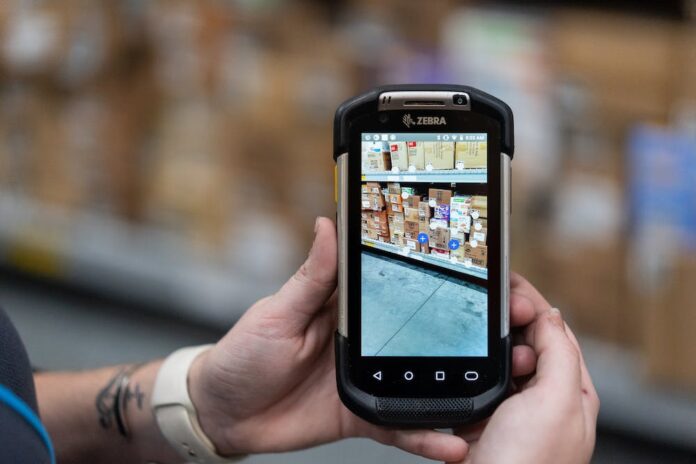
Businesses are relying more than ever on applications to assist and provide their customers with an amazing experience. Given the increasing prevalence of augmented reality in the business world, it makes sense that many large organizations have integrated this technology into their app features. Testing the AR component is a very important task that is performed in the Real device cloud.
The top augmented reality apps available in the Google Play and iOS stores will be covered in this article. A few important variables, like the app store star rating, the quantity of ratings, and the overall quality of the augmented reality experience, will determine how each app is ranked. The apps can contain an AR component. They are not required to be entirely AR-based. Without further ado, let’s review the many fascinating augmented reality apps on this list.
1. IKEA Store
You may digitally arrange precise 3D models throughout your house with IKEA Place. Combining cutting-edge augmented reality technology with IKEA’s home automation systems allows you to take advantage of IKEA’s services in a unique way.
Specifically, the headache of figuring out if a specific piece of furniture looks good in a room. Consumers may virtually see how a piece of furniture fits into their room, which drastically reduces common concerns like returned goods and disgruntled consumers. As a result, IKEA Place has a valid justification for its high star rating.
The app is a perfect illustration of how augmented reality is changing the IT industry. IKEA demonstrated the effectiveness of ARKit development by designing its app using Apple’s ARKit technology. One of the first apps to offer a top-notch AR experience is IKEA Place. A new era of augmented reality-based digital shopping has been ushered in by other companies that have developed similar app features.
2. Google Lens
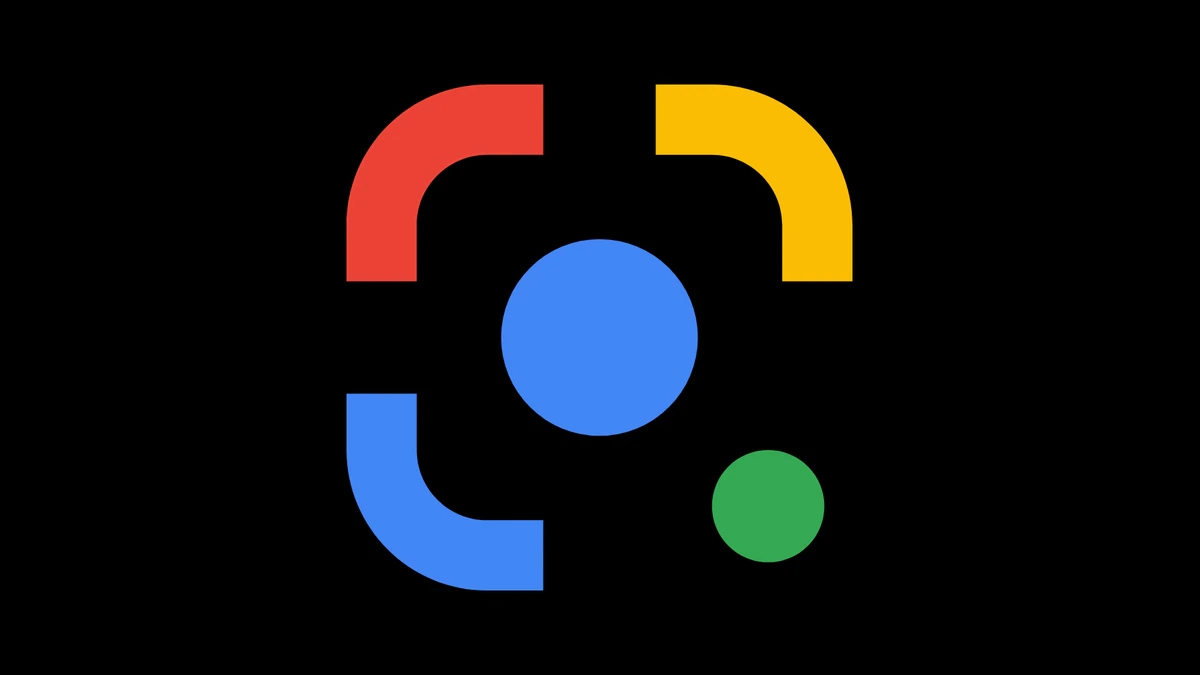
One easy way that Google incorporates augmented reality into its app is through Google Lens. According to Google, Lens enables users to scan QR codes, identify flora and animals, find similar clothing, copy and translate text, and do more.
“Organize the world’s information and make it universally accessible and useful” is Google’s main goal. With the addition of Google Lens, consumers now have another way to obtain information, which improves the Google experience. Augmented Reality (AR) makes finding information easier and creates opportunities that aren’t available with a standard Google Search.
Designing its augmented reality technologies is a major investment for Google. A few instances of their keen interest in augmented reality are ARCore, Google Lens, and the recently reported Google glasses. Google thinks AR has the same potential to transform the world as Google Search did years ago. The lens is a fantastic method to enhance what already makes Google great and acts as a springboard for future developments.
3. Pokemon Go
Pokemon Go is a popular augmented reality software that gained widespread popularity because of its relatable and enjoyable experience for players. Interacting with their preferred Pokemon characters allows players to momentarily escape into an entertaining environment. Pokemon Go enhances user experience (UX) in a number of useful ways, including better navigation and improved visualization. Nevertheless, it’s important to recognize the app’s beneficial emotional effects on its users. Pokemon Go is a great illustration of how to successfully arouse strong, positive emotions in individuals. This leads to profitable commercial outcomes.
When Pokemon Go, AR apps and technology achieved a major victory. The app’s design and public release demonstrated the audience’s appetite for a semi-immersive gaming experience, and it was straightforward but efficient. Therefore, Niantic’s invention is a prime example of how AR technology may be used, and producers of video games and other sectors should take this into serious consideration.
4. Snapchat
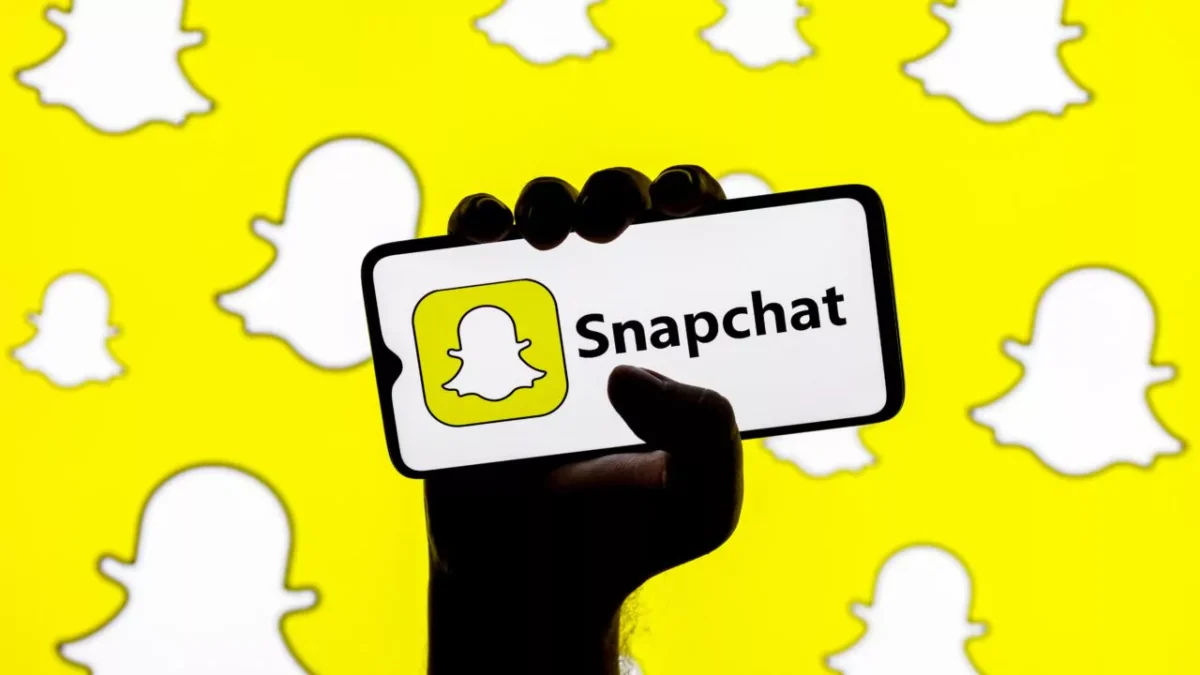
Snapchat declared in 2021 that it would make significant investments in augmented reality. Snapchat formerly used Snapchat Lenses and Filters to provide augmented reality to its site. The software has features called lenses and filters that let users utilize their camera screens to change the appearance of their faces. Puppies, butterflies, and a variety of other unusual appearances are examples. Recently, Snapchat updated their app with a scan function that allows users to take pictures of objects, including plants or animals, and then identify them.
In many ways, Snapchat’s usage of AR improves user experience. First off, users may enjoy entertainment that is exclusive to the Snapchat app with the Lenses and Filters experiences. Through features like Snapchat Scan, users can engage with their surroundings and gain more knowledge about them.
5. SketchAR
Compared to some of the other apps we will talk about in this piece, SketchAR is not as large-scale. But the app offers a unique means of getting individuals involved in the creative process when they might not have otherwise. One of the most inventive applications of augmented reality is SketchAR, and many companies might take a cue from it. By doing away with the tiresome clean-up that usually follows a painting or sketching session, users allow artists more time to concentrate on their work.
6. The 3-D GeoGebra Calculator
Graph 3D surfaces and functions, solve 3D math problems with ease, build geometric constructs in 3D, save and share your work. You can walk around and set math items on any surface if you have enabled augmented reality. GeoGebra is used by millions of students worldwide to learn science and math.
7. Human Anatomy Atlas
The Human Anatomy Atlas provides definitions at the textbook level along with hundreds of models to aid in understanding and communicating the structure and functions of the human body. Use it to generate virtual lab experiences or as a reference in place of an anatomy textbook.
Complete dissectible male and female gross anatomy models, common muscle motions, a few microanatomy models, and sample animations are all included in the base purchase. The atlas can be expanded with extra in-app purchases to include animations that explain common diseases and physiology, as well as more intricate 3D dental models.
8. Civilizations AR
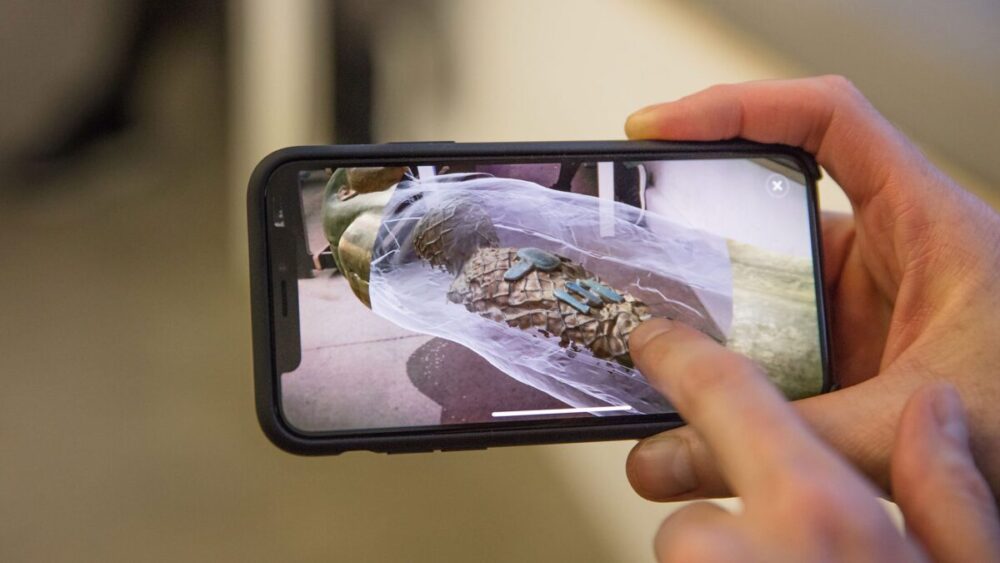
Placing history in your hands, Civilizations AR is the BBC’s inaugural Augmented Reality app that delivers global art and culture straight to your screen. Learn the mysteries of the ancient world, the hidden depths underneath the masterworks of the Renaissance, and the stories behind these cultural treasures and the people who created them.
Treasures to be discovered include masterpieces by Tintoretto, Bellini, and Turner; renowned sculptures by Henry Moore and Barbara Hepworth. More than thirty historical artifacts are included in this virtual, private collection. This free augmented reality app is a part of a larger partnership between the BBC, Nexus Studios, and over 30 UK museums to celebrate the premiere of the new, historic Civilizations arts and culture series.
9. vTime XR
vTime XR is the world’s first cross-reality (XR) social network for Google Cardboard, where you can meet, chat, watch content, and share your images with real people from all around the world. You can choose to spend time with pals in virtual reality, augmented reality, or Magic Window mode without a headset. Become a part of a community spanning seven platforms, and more than 190 nations.
10. Star Chart AR
With Star Chart AR, you may use the phone’s screen as a window to explore the Earth in augmented reality. It is ideal to use Star Chart AR in a space with plenty of light and space. When it is largest, we like to see it outside; when it is smaller, we prefer to watch it on a big, transparent table. While looking at the surface you want the device to detect, move it in a circular motion. On the identified surface, an overlay will show up and then disappear after a short while. Press the AR object onto a surface that has been detected.
11. Virtual Racing Cars
As you ride into a new universe, feel the rush of cruising through swiftly looping tracks and get fully immersed in the wonders of augmented reality. You must outpace the opposition to cross the finish line in an isolated region of the cosmos. Krystal Kart offers rapid drift-based racing, entertaining mechanics, and unique graphics. You may play Krystal Kart in augmented reality. This implies that you can play on actual surfaces—like your kitchen table—by using your camera.
12. Scriptum AR
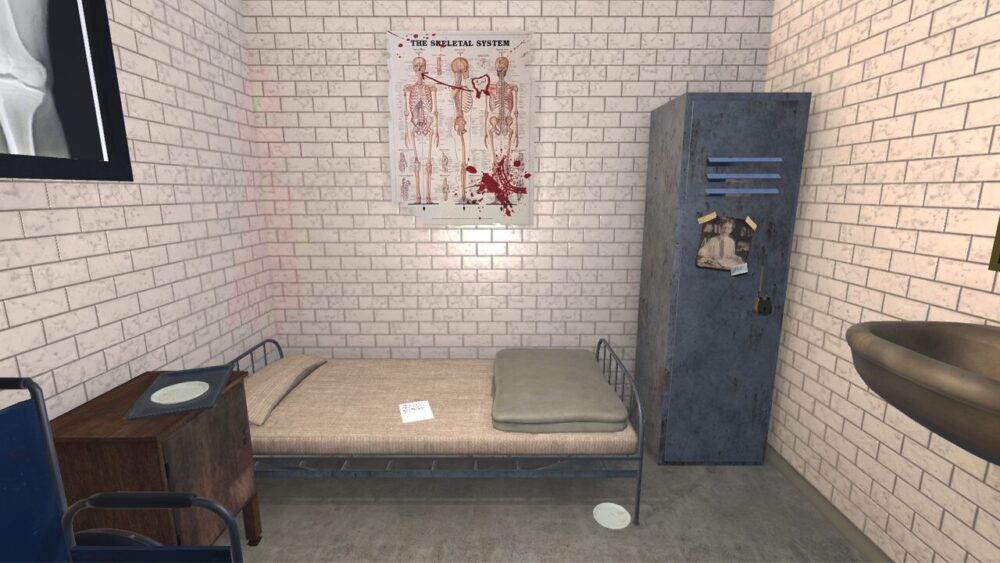
To get out of the four Scriptum rooms, hone your sense of smell. To unravel the mystery and discover the exit, locate every object, clue, puzzle, and adhere to the game’s rules. Keep in mind that you only have thirty minutes to get away, so you have to locate everything you need quickly.
Scriptum is an augmented reality app that uses your phone’s camera and Apple ARKit features to identify the ground plane (the device must be compatible). Recall that in order for the application to use the Camera, you must allow permissions.
To prevent space issues, they advise playing Scriptum in a dimly lit area measuring 3 by 3 meters; nevertheless, walking is not necessary with the new button. The actual things in the game should be handled carefully because it’s possible to become disoriented and run into them. Scriptum can be enjoyed both inside and outside, but it should always be in a secure area.
How does the LambdaTest help in the development of AR apps?
Most modern apps are integrated with third-party devices like smartwatches and smart glasses or include augmented reality features. LambdaTest is an AI-powered test orchestration and execution platform that can help you in testing AR-related apps. Device testing should evaluate the smart device and Android app data integration. Communication between the app and smart device should be uninterrupted.
Augmented reality apps, like many photo and video apps, should have response time tested. The tester should assess app efficiency and usability. Most mobile app issues arise during testing on an actual device, not during development. This is why Android Application testing is a crucial part of the app development life cycle to boost PlayStore ratings and ensure function and quality assurance.
Final Words
This finishes our top AR apps list. You presumably now understand how your firm can use augmented reality and UX design. Only top augmented reality apps are listed here. There are many more, from third-party apps for ecommerce firms to promote their products to branded experiences that add customer touch points. Use the right app to provide customers a new, multidimensional method to explore and connect with your items.








